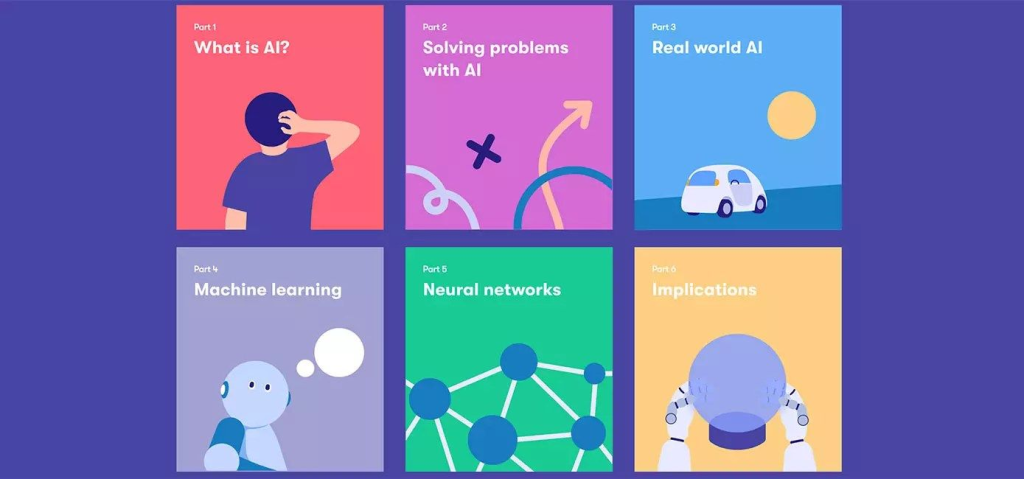
Are you curious about the technology behind Artificial Intelligence (AI)? Do you want to know what makes AI so powerful? Well, you’ve come to the right place! In this article, we’ll be discussing the three key elements for AI. So, let’s dive in!
Element #1: Data
The first key element for AI is data. Without data, AI simply cannot function. Data is the fuel that drives AI. The more data an AI system has, the better it can perform. This is because AI systems use data to learn and make predictions.
But it’s not just about having any data. The data must be of high quality. Poor quality data can lead to inaccurate predictions and ultimately, a failed AI system. It’s essential to ensure that the data is clean, accurate, and relevant to the problem at hand.
Element #2: Algorithms
The second key element for AI is algorithms. Algorithms are the set of rules that an AI system follows to make decisions. They are the brains behind the AI system. Without algorithms, an AI system cannot make any predictions or decisions.
There are many types of algorithms used in AI, such as decision trees, neural networks, and support vector machines. Each algorithm has its strengths and weaknesses. It’s important to choose the right algorithm for the problem at hand.
Element #3: Computing Power
The third key element for AI is computing power. AI systems require a lot of computing power to process large amounts of data and run complex algorithms. Without computing power, an AI system would be slow and inefficient.

Advancements in computing power have played a significant role in the development of AI. The availability of high-performance computing has made it possible to train and run AI models faster and more efficiently.
Conclusion
In conclusion, the three key elements for AI are data, algorithms, and computing power. These elements work together to create powerful AI systems that can make accurate predictions and decisions. Without any one of these elements, an AI system simply cannot function.
So, the next time you hear about AI, remember that it’s not magic. It’s the result of careful planning, development, and implementation of these three key elements.
